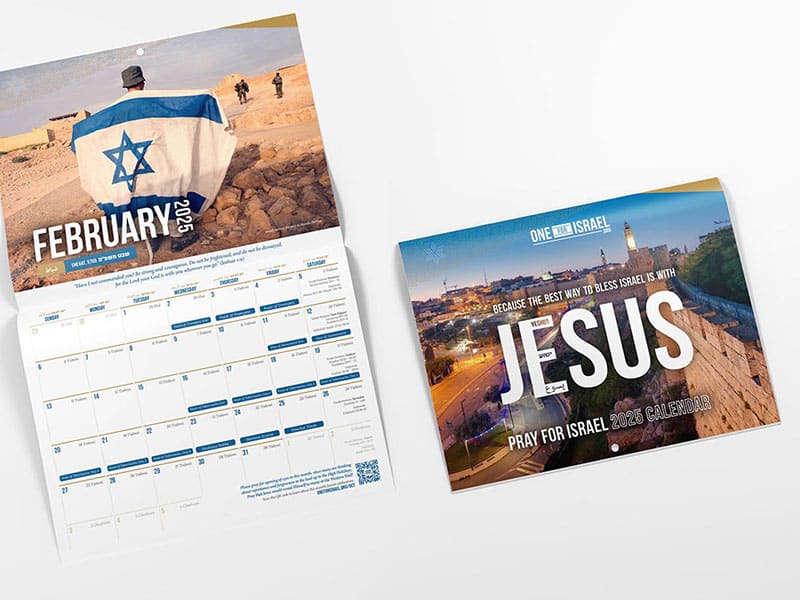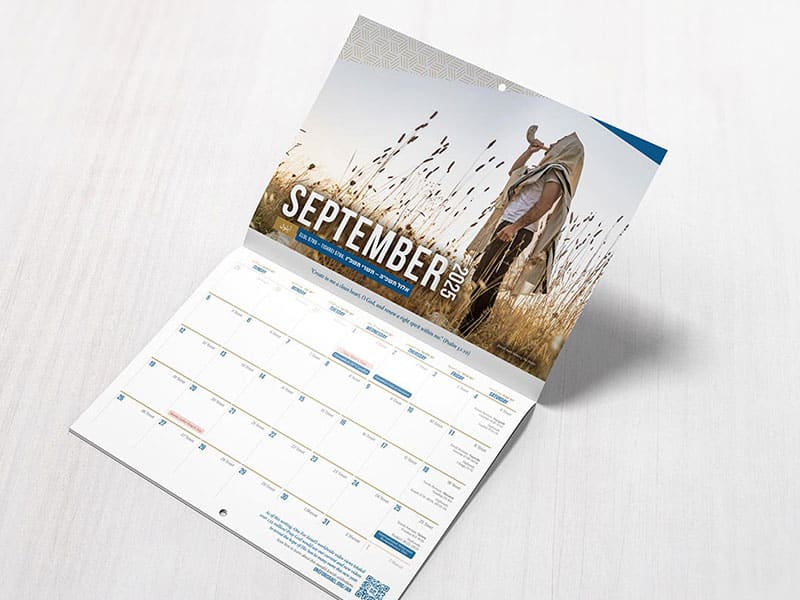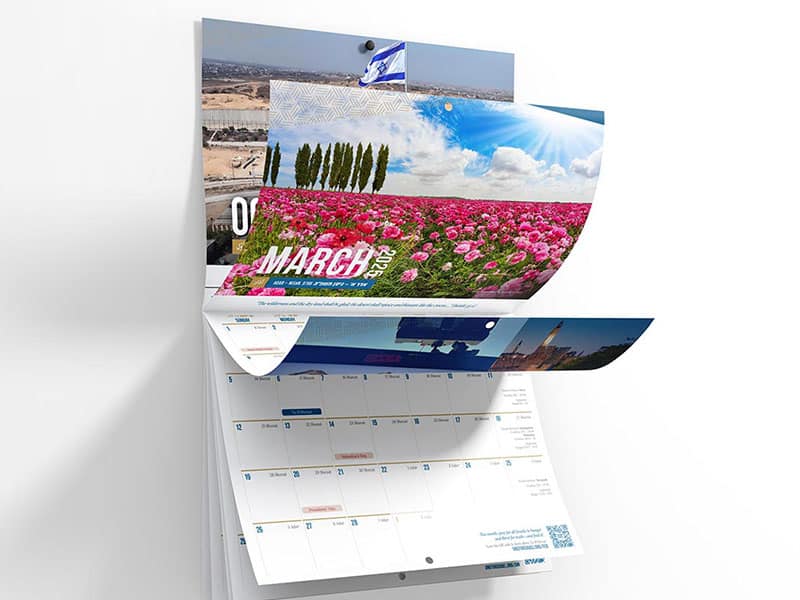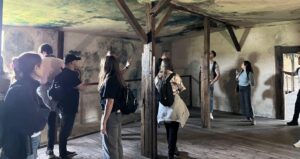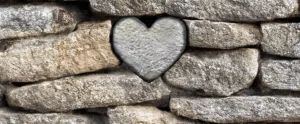Psalm 92:12-13 says,
“The righteous shall flourish like a palm tree, He shall grow like a cedar in Lebanon.Those who are planted in the house of the Lord shall flourish in the courts of our God.They shall still bear fruit in old age”.
There is some remarkable news in Israel about a palm tree that has done exactly that! In the 1960s, archaeologists found an ancient jar containing palm seeds that were 2000 years old. They sat in someone’s drawer for decades, until in 2005, they were planted, and lo and behold, they sprouted! Astonishingly, a palm tree was successfully grown from these seeds from Biblical times. What is even more amazing is that in 2015, the male palm tree (named Methuselah, now ten years old) and has successfully pollinated a female palm tree, which has produced dates! This miraculous palm tree really has borne fruit in old age!1
There are countless palm trees in every direction in Israel, and there is wonderful Biblical significance to the tree, which we can remember every time we see them, or taste its fruit.
Palm Trees in the Bible
There were seven species of food that God assured his people that they would find in the Promised Land. Listed in order that they are ready to harvest, they are: barley, wheat, grapes, honey, figs, pomegranates and olives. (Deuteronomy 8:8) The “honey” listed here is the date syrup that comes from palm trees, making palms one of the seven species of promise.
It is interesting too that date palm trees are either male or female, and cannot produce fruit without the other. The temple is decorated with multiple pairs of trees, male and female either side of doorways, as if welcoming those who enter. They are also thought to be reminiscent of the Garden of Eden, which the temple was supposed to represent – a way back to paradise and right relationship with God.
There are 32 mentions of the palm tree in the Bible (depending on how you count it) which fall into these categories:
- The leaves were used to celebrate at the Feast of Tabernacles mentioned in Leviticus and Nehemiah
- Palms were used as decoration in Solomon’s temple
- Ezekiel’s description of the third temple includes multiple pairs of palm trees flanking doorways
- the city of Jericho is often referred to as the City of Palms a number of times- a couple of times it is referred to in contrast to the reed – the strong in contrast to the weak
- The woman in Song of Songs is twice likened to a palm tree
- It is used to describe the righteous in Psalm 92
- The leaves are waved in victory and praise, as Jesus entered Jerusalem, and also in the book of Revelation.
Broadly, palm trees represent victory, uprightness and righteousness. Early church father, Origen, calls the palm the symbol of victory in that war waged by the spirit against the flesh,2 and representations of palm trees featured strongly in early Christian art to symbolise spiritual triumph and heaven.
The palm also plays a part in the Feast of Tabernacles, or Sukkot as it is called in Hebrew. It is one of four types of plant that God ordains for the celebration – myrtle, palm and willow branches, and the citrus fruit. Some say that the palm is like the strength of the backbone in this arrangement, and others say that the sweet fruit the palm gives represent those who know and love God’s law, but God doesn’t specify in the Bible why he selected these particular species. If the palm trees are used as a welcoming decoration to the doorframes of the temple, and were used to welcome Yeshua’s entry into Jerusalem at his first coming, perhaps the palms in the feast of Tabernacles is also a sign of welcome for the coming King when he comes again to “tabernacle” amongst when he returns. The return of the Messiah will certainly be a great time of victory.
Flourishing in Hard Times
Nineteenth century Bible commentator, Albert Barnes, reflects on the subject: “The palm, rising above the world.” He notes; “Well is the life of the righteous likened to a palm, in that the palm below is rough to the touch, and in a manner enveloped in dry bark, but above it is adorned with fruit, fair even to the eye; below it is compressed by the enfoldings of its bark; above, it is spread nut in amplitude of beautiful greenness. For so is the life of the elect, despised below, beautiful above. Down below, it is, as it were, enfolded in many barks, in that it is straitened by innumerable afflictions. But on high it is expanded into a foliage, as it were, of beautiful greenness by the amplitude of the rewarding.”3
As someone else put it; “This verse is a picture of the believer who, in the midst of drought, death, dearth and desolation, fixes their faith and trust down deep in the living promises of God and flourishes for Him, in company with other believers.”4
Palm trees, as anyone who watches the news will know, can flex and withstand the battering of some serious storms. Their roots go deep and their trunks can bend so that they stay strong in drought, wind and storm. They can flourish even in harsh conditions, and that is what can also be said of those who drink deep from God’s living waters.
The significance for Israel
The palm tree, being one of the promised seven species of the land, is deeply significant to Israel: a sign of fruitfulness and abundance. So much so, in fact, that it appears on the back of the ten shekel coin, with baskets full of dates either side. Around the edge of the coin is written, “For the redemption of Zion”.
Please pray for Israel to come to know the redemption that was purchased for them in our precious Messiah, Yeshua, and to be planted and flourish in his courts like majestic palm trees, displaying his victory.
The righteous shall flourish like a palm tree, he shall grow like a cedar in Lebanon.
Those who are planted in the house of the Lord shall flourish in the courts of our God.
They shall still bear fruit in old age; they shall be fresh and flourishing,
To declare that the Lord is upright; He is my rock, and there is no unrighteousness in Him.
Psalm 92:12-15
For more study articles, videos and up to the minute ONE FOR ISRAEL news
follow us on
Facebook, Twitter, Instagram, YouTube
or subscribe to our blog and newsletter!
[1] National Geographic, “Methuselah” Palm Grown From 2,000-Year-Old Seed Is a Father, John Roach, 24 March 2015
[2] In Joan., XXXI
[3] Notes on the Bible by Albert Barnes [1834] Text Courtesy of Internet Sacred Texts Archive
[4] Daniel and Amber Pierce








